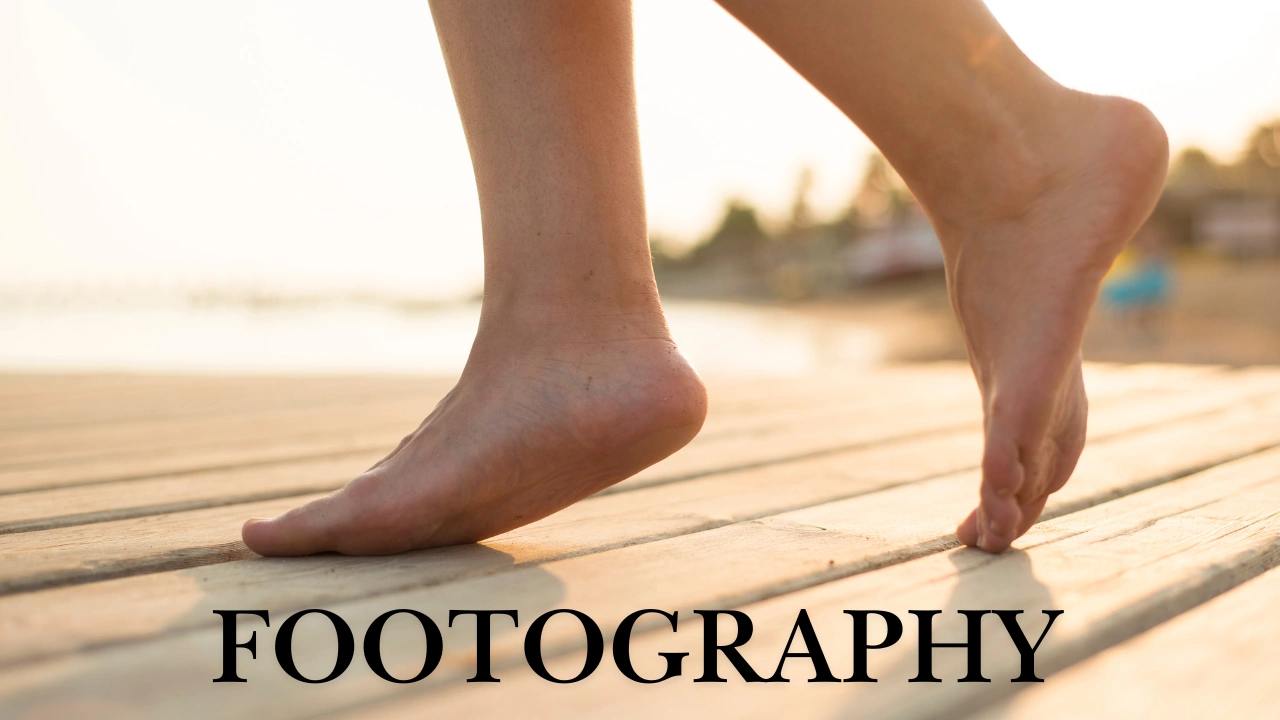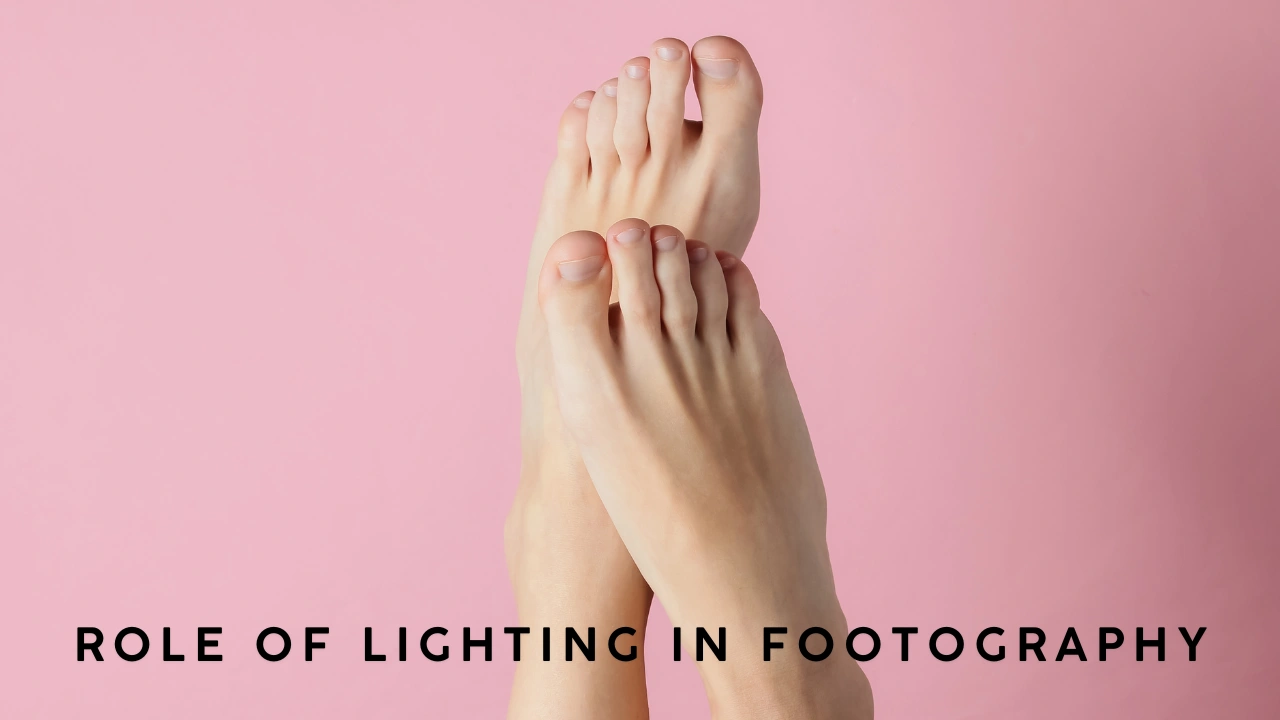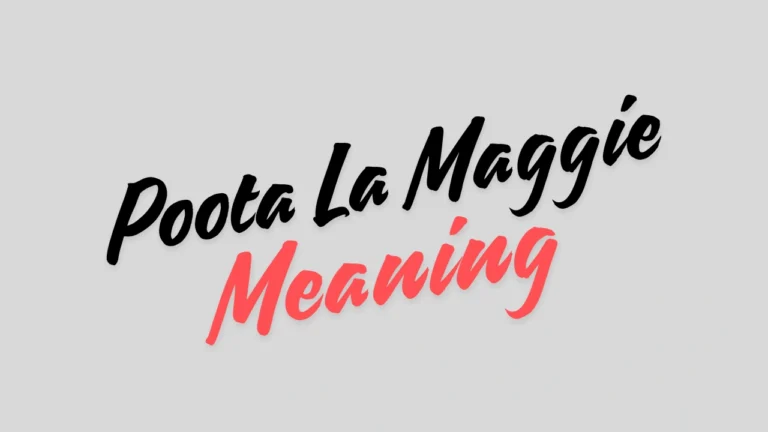The Art of Footography: A Unique Perspective in Photography

Footography, a growing niche in photography, focuses on capturing the aesthetics and expressiveness of feet. Unlike traditional photography genres, footography emphasizes details that often go unnoticed, creating visually stunning and meaningful images. This form of photography is gaining traction among professionals and hobbyists for its creative potential and unique storytelling opportunities.
Why Footography is Captivating
The allure of footography lies in its ability to evoke emotion and tell stories through an unconventional subject. Feet can symbolize journeys, emotions, or connections to the natural world. From the soft texture of skin to the curves of arches, the details captured in footography provide a fresh perspective on human anatomy and design. It also offers a creative challenge, encouraging photographers to think beyond the ordinary.
Essential Tools for Footography
To excel in footography, you need the right tools. A DSLR or mirrorless camera provides manual controls for precise settings, while a macro lens allows you to capture intricate details like skin texture or nail art. Lighting equipment, such as softboxes or ring lights, ensures you highlight every detail effectively. A sturdy tripod is also indispensable for maintaining sharpness during long exposure shots.
Mastering Composition in Footography
Composition is key to creating captivating footography. Experimenting with angles, such as top-down views or side perspectives, can add depth and interest. The use of negative space helps direct attention to the feet, while leading lines guide the viewer’s eye and create a sense of movement. Every shot should aim to balance creativity with visual appeal.
The Role of Lighting in Footography
Lighting can make or break your footography. Natural light, especially during golden hour, creates soft, flattering tones that enhance the skin’s texture. For studio setups, artificial lighting offers control over shadows and highlights. Experimenting with shadow play can add drama and depth to your images, making them more compelling.
Preparing Feet for Photography
The condition of your subject’s feet plays a crucial role in the final outcome of your footography. Proper grooming, including moisturizing, exfoliating, and trimming nails, ensures a polished appearance. Adding nail art or accessories like anklets can elevate the aesthetic appeal. A well-prepared subject reflects professionalism and attention to detail.

Creative Use of Props and Backgrounds
Incorporating props and backgrounds into footography enhances the storytelling aspect. For instance, sand or grass can evoke feelings of relaxation or freedom, while urban settings can add a modern, edgy vibe. Props like flowers, stones, or even books can complement the subject, adding layers of meaning and visual interest to the composition.
Also Read: Med School App Headshot T Shirt What to Wear for the Perfect Photo
Editing and Post-Processing Techniques
Post-processing is a vital step in producing professional-quality footography. Basic adjustments like color correction and exposure balancing ensure natural-looking results. Skin retouching can help remove blemishes, while filters and effects add a creative touch. Editing tools like Adobe Lightroom or Photoshop are ideal for achieving the desired outcome.
Footography as a Commercial Opportunity
Footography is not just an art form; it is also a lucrative niche in the photography world. It finds applications in fashion, wellness, and advertising industries. Footwear brands, nail salons, and health companies often seek professional footography to showcase their products. Platforms like social media amplify the demand for high-quality, creative foot imagery.
Challenges in Footography and Solutions
| Challenge | Description | Solution |
|---|---|---|
| Achieving Focus and Depth of Field | Difficulties in focusing on intricate details like skin texture and contours of the feet. | Use a macro lens, adjust aperture for better depth of field, and utilize manual focus settings. |
| Managing Lighting | Shadows and blown-out highlights can distort the appearance of feet. | Use diffused lighting, softboxes, or natural light during golden hours to control shadows and brightness. |
| Comfortable Posing | Awkward or unnatural poses can make images look stiff and unappealing. | Communicate with models to ensure relaxed poses and provide support during long shoots. |
| Ensuring Clean and Groomed Feet | Poorly maintained feet may detract from the aesthetics of the image. | Encourage models to follow a grooming routine, including moisturizing and nail care, before the shoot. |
| Choosing the Right Background | Distracting or mismatched backgrounds can take focus away from the feet. | Select simple, complementary backgrounds that enhance rather than compete with the subject. |
| Maintaining Model Privacy | Ensuring images are used ethically and do not compromise the model’s privacy. | Obtain written consent and clarify the intended use of images before the shoot. |
| Cultural Sensitivities | Feet have varying symbolic meanings across cultures, which can lead to misunderstandings. | Research cultural contexts and discuss concepts openly with models and clients. |
| Retouching and Editing | Over-editing can make images look unnatural or overly polished. | Use subtle editing techniques to enhance natural features without altering the authenticity of the image. |
This table provides an overview of the common challenges in footography along with practical solutions to address them effectively.
Ethical Practices in Footography
As with any photography genre, ethics are paramount in footography. Always seek consent from your subjects and clearly communicate how the images will be used. Respect for cultural sensitivities around feet is essential, as they hold different meanings across societies. Maintaining professionalism ensures trust and credibility in your work.
The Growing Popularity of Footography
The rise of social media has significantly boosted the visibility of footography. Platforms like Instagram and Pinterest allow photographers to share their work with a global audience. The unique blend of creativity and relatability makes footography a favorite among both creators and viewers. As beauty standards evolve, footography continues to challenge conventional norms and celebrate diversity.
Differences Between Artistic Footography and Commercial Footography
| Aspect | Artistic Footography | Commercial Footography |
|---|---|---|
| Purpose | Focuses on creative expression and storytelling. | Aims to showcase products or services effectively. |
| Audience | Appeals to art enthusiasts and niche collectors. | Targets consumers, clients, and brands. |
| Style | Abstract, experimental, and visually evocative. | Clean, precise, and product-focused. |
| Use of Props | Props are used to add artistic symbolism or abstract concepts. | Props emphasize the product or highlight its functionality. |
| Editing Approach | Creative editing to evoke emotion or achieve a specific aesthetic. | Minimal editing to ensure clarity and maintain product authenticity. |
| Monetization | Often monetized through galleries, exhibitions, or digital art sales. | Monetized through brand collaborations, advertising, and campaigns. |
This table highlights the key distinctions, making it easier to understand the unique characteristics and applications of both styles in footography.
Starting Footography on a Budget
Also Read: Riderylasc Revolutionizing Urban Mobility
Why Footography is Beginner-Friendly
Footography is an accessible genre that requires minimal upfront investment, making it ideal for those new to photography. Its focus on creativity over expensive tools allows beginners to start small and grow their skills.
Affordable Equipment Options
You don’t need high-end gear to start. Use a smartphone with a quality camera or an entry-level DSLR. A simple tripod provides stability, and natural lighting eliminates the need for pricey studio setups.
Using Everyday Props and Backgrounds
Incorporate items like blankets, flowers, or books as props. Free, natural settings like beaches or grassy areas make excellent backgrounds. Creativity with simple resources enhances the visual appeal.
Learning Composition Techniques
Focus on composition basics like the rule of thirds and symmetry. Experiment with angles and use negative space effectively. These techniques improve your shots without requiring advanced tools.
Practicing and Building a Portfolio
Practice with friends or family to save on model costs. Use social media to showcase your work, engage with others, and grow your audience. Free platforms like Instagram are great for building your portfolio.
Start Small and Grow
Footography thrives on creativity, not expensive gear. Begin with basic tools, practice consistently, and expand as you gain confidence. With passion and resourcefulness, you can succeed in this unique art form.
Also Read: Maleficent wouldnt be a lacky Defying the Villain Archetype
Conclusion
Footography is a dynamic and innovative photography genre that combines technical skill with artistic expression. Its focus on a less conventional subject offers endless opportunities for creativity and storytelling. Whether for personal projects or commercial ventures, mastering footography can elevate your photography portfolio and open doors to new possibilities. With dedication and attention to detail, this niche can become a rewarding and inspiring pursuit.






